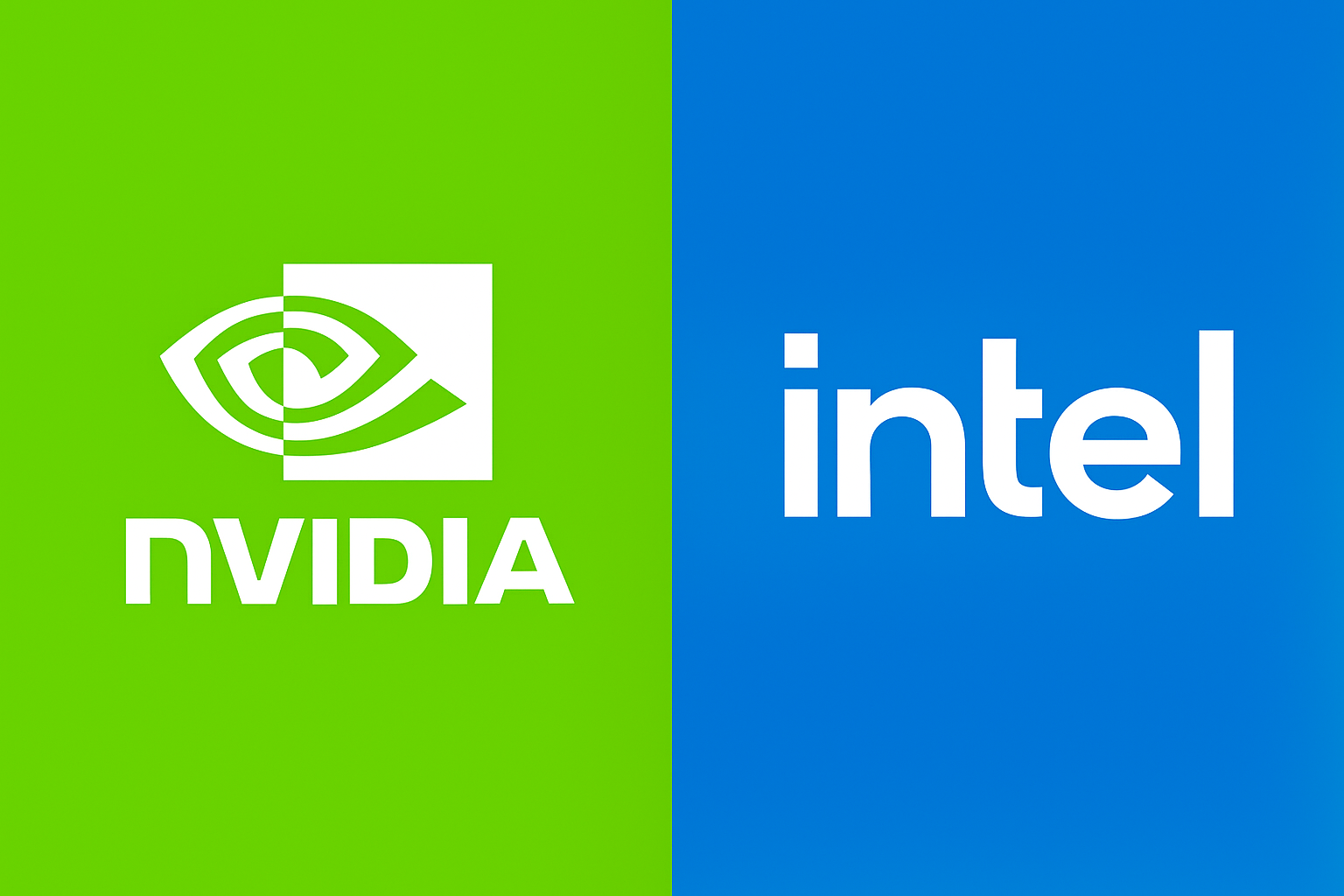Critical Android “No‑Touch” Hack Discovered – Google Pushes Urgent Pixel Patch
In a stark reminder of the ever-evolving threat landscape, Google has flagged a critical Android vulnerability—CVE‑2025‑48530—capable of granting attackers full remote control over Android devices without any user interaction. Dubbed a “no-touch” exploit, this vulnerability has sent waves of concern across the cybersecurity and Android communities.
The flaw, categorized as a Remote Code Execution (RCE) vulnerability, is part of Google’s August 2025 Android Security Bulletin and affects a wide range of devices running the Android OS. The no-touch nature of the hack means users could be compromised simply by being online—no tapping, clicking, or downloading required.
What Is CVE‑2025‑48530?
CVE‑2025‑48530 is the most critical of three vulnerabilities highlighted in Google’s bulletin, with the others being CVE‑2025‑22441 and CVE‑2025‑48533. All three carry high to critical severity ratings and pose a serious risk to user privacy, data integrity, and device functionality.
The exploit is believed to exist in the Android System component, allowing a malicious actor to send a specially crafted transmission that triggers code execution on the target device without the user’s knowledge or interaction.
Why This “No-Touch” Exploit Matters
This isn’t your typical malware or phishing attack. With no need for a user to click a link, download a file, or even open an app, CVE‑2025‑48530 represents a new level of sophistication in mobile threats. It potentially allows bad actors to:
- Access personal data
- Activate the camera or microphone
- Install or uninstall apps
- Perform surveillance
- Brick or hijack the device entirely
Worse, such vulnerabilities are attractive targets for spyware vendors, state actors, and cybercriminals looking to carry out stealth attacks at scale.
Devices Affected
While Google has prioritized the Pixel line for immediate patch deployment via an OTA update, the exploit could theoretically affect any Android device running vulnerable versions of the OS—particularly those from manufacturers that lag behind in rolling out monthly security updates.
Manufacturers like Samsung, Xiaomi, OnePlus, Oppo, and others will need to follow suit quickly to ensure their users are protected.
What You Should Do Right Now
If you own a Google Pixel, check for the August 2025 OTA update and install it immediately. Here’s how:
- Go to Settings
- Tap System > System Update
- If an update is available, download and install it
For other Android devices:
- Check for available updates now
- Contact your device manufacturer for patch timelines
- Enable automatic updates and Google Play Protect
- Be cautious of unsolicited messages, even if the exploit is “no-touch”
Final Thoughts
The discovery of CVE‑2025‑48530 underscores how critical routine security updates have become in today’s mobile-first world. With attack vectors becoming more sophisticated and invisible, user awareness and swift action are paramount.
If you’re a Pixel user, update now. If you use another Android brand, stay alert and pressure your OEM for updates. And as always, ensure your digital hygiene remains sharp—even if you don’t have to touch a thing to be hacked.
Stay safe, stay updated. Share this post to alert others.








